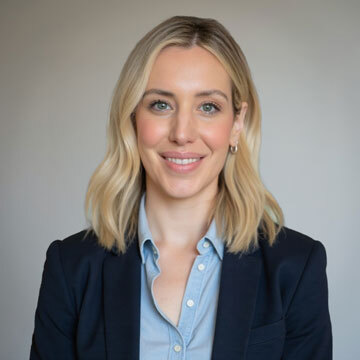



2074 Views
20
View In My Room
Sculpture, Bronze
Size: 15.7 W x 15.7 H x 21.3 D in
Ships in a Crate
2074 Views
20
Artist Recognition

Artist featured in a collection
ABOUT THE ARTWORK
DETAILS AND DIMENSIONS
SHIPPING AND RETURNS
MEDUSA • What/who inspired the work? This sculpture is inspired by the ancient Greek mythological story of Medusa, a monster with the face of a woman and the hair of slithering poisonous snakes. Medusa was deemed so grotesque that anyone gazing upon her face would turn to stone --- ironic, given he...
Year Created:
2011
Subject:
Method:
Method:
Sculpture, Bronze
Rarity:
One-of-a-kind Artwork
Size:
15.7 W x 15.7 H x 21.3 D in
Ready to Hang:
Not Applicable
Frame:
Not Framed
Authenticity:
Certificate is Included
Packaging:
Ships in a Crate
Delivery Cost:
Shipping is included in price.
Delivery Time:
Typically 5-7 business days for domestic shipments, 10-14 business days for international shipments.
Returns:
Free returns within 14 days of delivery. Visit our help section for more information.
Handling:
Ships in a wooden crate for additional protection of heavy or oversized artworks. Artists are responsible for packaging and adhering to Saatchi Art’s packaging guidelines.
Ships From:
Canada.
Need more information?
Need more information?
I was born in South Africa in 1970. As a child we moved from Pietermaritzburg to Pretoria to Rustenburg to Jeffries Bay to Stellenbosch to Harare, finally settling in Cape Town. I spent my last year of school in Oxford, Ohio as an exchange student and then returned to Stellenbosch, where I completed a BA Degree in Graphic Design. For the next decade I lived in Northern Alberta, followed by a couple of years thawing out on the Island of Saipan. Thereafter I returned to South Africa via Ireland, and a few more years in Canada. I currently spend my time between South Africa and Canada. In South Africa I reside next to the Atlantic Ocean in a suburb nestled between the Twelve Apostles, Table Mountain, Lion’s Head and the Ocean. It is truly one of the most beautiful places on the planet. In Canada I live on the North Western Pacific Coast. more to follow....
Artist Recognition

Artist featured by Saatchi Art in a collection
Why Saatchi Art?
Thousands of
5-Star Reviews
We deliver world-class customer service to all of our art buyers.
Global Selection of Original Art
Explore an unparalleled artwork selection from around the world.
Satisfaction Guaranteed
Our 14-day satisfaction guarantee allows you to buy with confidence.
Support Emerging Artists
We pay our artists more on every sale than other galleries.
